|
Alexandra Palace
Alexandra Palace is a Grade II listed entertainment and sports venue in London, situated between Wood Green and Muswell Hill in the London Borough of Haringey. It is built on the site of Tottenham Wood and the later Tottenham Wood Farm. Originally built by John Johnson and Alfred Meeson, it opened in 1873 but following a fire two weeks after its opening, was rebuilt by Johnson. Intended as "The People's Palace" and often referred to as "Ally Pally", its purpose was to serve as a public centre of recreation, education and entertainment; North London's counterpart to the Crystal Palace in South London. At first a private venture, in 1900, the owners planned to sell it and Alexandra Park for development. A group of neighbouring local authorities managed to acquire it. An Act of Parliament created the Alexandra Palace and Park Trust. The Act required the trustees to maintain the building and park and make them available for the free use and recreation of the public forever. Th ... [...More Info...] [...Related Items...] OR: [Wikipedia] [Google] [Baidu] |
Alexandra Palace Television Station
The Alexandra Palace television station in North London () is one of the oldest television transmission sites in the world. What was at the time called "high definition" (405-line) TV broadcasts on VHF were beamed from this mast from 1936 until the outbreak of World War II. It then lay dormant until it was used very successfully to foil the German Y-Gerät radio navigation system during the last stages of the Battle of Britain. After the war, it was reused for television until 1956, when it was superseded by the opening of the BBC's new main transmitting station for the London area at Crystal Palace. In 1982 Alexandra Palace became an active transmitting station again, with the opening of a relay transmitter to provide UHF television service to parts of North London poorly covered from Crystal Palace. The transmitter is owned and maintained by Arqiva. Channels listed by frequency Analogue radio (FM) Digital radio (DAB) Digital television Digital television replaced th ... [...More Info...] [...Related Items...] OR: [Wikipedia] [Google] [Baidu] |
Alexandra Park, London
Alexandra Park is an 80–hectare, Green Flag Award, and Green Heritage winning, diverse-landscape park,- About (accessed 31 January 2008) in the Borough of Haringey in north adjacent to , and . Laid out on the site of |
London Underground
The London Underground (also known simply as the Underground or by its nickname the Tube) is a rapid transit system serving Greater London and some parts of the adjacent counties of Buckinghamshire, Essex and Hertfordshire in England. The Underground has its origins in the Metropolitan Railway, the world's first underground passenger railway. Opened on 10 January 1863, it is now part of the Circle, District, Hammersmith & City and Metropolitan lines. The first line to operate underground electric traction trains, the City & South London Railway in 1890, is now part of the Northern line. The network has expanded to 11 lines, and in 2020/21 was used for 296 million passenger journeys, making it one of the world's busiest metro systems. The 11 lines collectively handle up to 5 million passenger journeys a day and serve 272 stations. The system's first tunnels were built just below the ground, using the cut-and-cover method; later, smaller, roughly circular tu ... [...More Info...] [...Related Items...] OR: [Wikipedia] [Google] [Baidu] |
Moorgate Station
Moorgate is a central London railway terminus and connected London Underground station on Moorgate in the City of London. Main line railway services for Hertford, Welwyn Garden City, Stevenage and Letchworth are operated by Great Northern, while the Underground station is served by the Circle, Hammersmith & City, Metropolitan and Northern lines. The station was opened as Moorgate Street in 1865 by the Metropolitan Railway. In 1900, the City & South London Railway added the station to its network, and the Great Northern & City Railway began serving the station in 1904. In 1975, the Northern City Line platforms were the site of the Moorgate tube crash – at the time, the worst peacetime accident in the history of the London Underground – in which 43 people were killed. Thameslink branch services were withdrawn in the early 21st century, and in 2022 a new ticket hall was built connected to the newly opened Elizabeth line at , with through access to the rest of Live ... [...More Info...] [...Related Items...] OR: [Wikipedia] [Google] [Baidu] |
Great Northern Route
The Great Northern route (formerly known as Great Northern Electrics) is the name given to suburban rail services run on the southern end of Britain's East Coast Main Line and its associated branches. Services operate to or from and in London. Destinations include , , , and , and in peak hours, additional services run to and . Services run through parts of Greater London, Hertfordshire, Bedfordshire, Cambridgeshire, and Norfolk. The route forms a major commuter route into London from Hertfordshire, Cambridgeshire, and eastern Bedfordshire: ridership has grown rapidly over recent years. In 2009, rolling stock was transferred from other lines to allow additional services and longer trains to be run. In early 2018, the line was connected to the Thameslink route via a junction just south of the High Speed 1 bridge, north of King's Cross, allowing through services to the south of London. Since September 2014, the services have been operated by Govia Thameslink Railway (GTR ... [...More Info...] [...Related Items...] OR: [Wikipedia] [Google] [Baidu] |
Site Of Nature Conservation Interest
Site of Nature Conservation Interest (SNCI), Site of Importance for Nature Conservation (SINC) and regionally important geological site (RIGS) are designations used by local authorities in the United Kingdom for sites of substantive local nature conservation and geological value. The Department for Environment, Food and Rural Affairs has recommended the generic term 'local site', which is divided into 'local wildlife site' and 'local geological site'. There are approximately 35,000 local sites, and according to the former Minister for Biodiversity, Jim Knight, they make a vital contribution to delivering the UK and Local Biodiversity Action Plans and the Geodiversity Action Plan, as well as maintaining local natural character and distinctiveness. Sites of Special Scientific Interest (SSSIs) and local nature reserves (LNRs) have statutory protection, but they are only intended to cover a representative selection of sites, and Local sites are intended to provide comprehensive c ... [...More Info...] [...Related Items...] OR: [Wikipedia] [Google] [Baidu] |
Palm Court
A palm court is a large atrium with palm trees, usually in a prestigious hotel, where functions are staged, notably tea dances. Examples include the Langham Hotel (1865), Alexandra Palace (1873), the Carlton Hotel (1899), and the Ritz Hotel (1906), all in London; and the Alexandria Hotel (court added in 1911) in Los Angeles, Palace Hotel, San Francisco and the Plaza Hotel in New York City. Capitalizing on their popularity, some ocean liners also had palm courts, notably the RMS ''Titanic'' (1912). Palm Court music Light orchestras proliferated in the holiday resorts and spas of Europe from the late 1800s. By the start of the 20th century most luxury hotels, cruise ships, department store restaurants and cafes employed small orchestras or chamber groups to entertain their patrons.Shepherd, John (ed.): Continuum Encyclopedia of Popular Music of the World' (2003), Volume 2, p. 51 The Savoy Hotel in London, for instance, catered for the elite of English society and to visiting for ... [...More Info...] [...Related Items...] OR: [Wikipedia] [Google] [Baidu] |
Ice Rink
An ice rink (or ice skating rink) is a frozen body of water and/or an artificial sheet of ice created using hardened chemicals where people can ice skate or play winter sports. Ice rinks are also used for exhibitions, contests and ice shows. The growth and increasing popularity of ice skating during the 1800s marked a rise in the deliberate construction of ice rinks in numerous areas of the world. The word "rink" is a word of Scottish origin meaning, "course" used to describe the ice surface used in the sport of curling, but was kept in use once the winter team sport of ice hockey became established. There are two types of ice rinks in prevalent use today: natural ice rinks, where freezing occurs from cold ambient temperatures, and artificial ice rinks (or mechanically frozen), where a coolant produces cold temperatures in the surface below the water, causing the water to freeze. There are also synthetic ice rinks where skating surfaces are made out of plastics. Besides re ... [...More Info...] [...Related Items...] OR: [Wikipedia] [Google] [Baidu] |
Charitable Trusts In English Law
Charitable trusts in English law are a form of express trust dedicated to charitable goals. There are a variety of advantages to charitable trust status, including exception from most forms of tax and freedom for the trustees not found in other types of English trust. To be a valid charitable trust, the organisation must demonstrate both a charitable purpose and a public benefit. Applicable charitable purposes are normally divided into categories for public benefit including the relief of poverty, the promotion of education, the advancement of health and saving of lives, promotion of religion and all other types of trust recognised by the law. There is also a requirement that the trust's purposes benefit the public (or some section of the public), and not simply a group of private individuals. Such trusts will be invalid in several circumstances; charitable trusts are not allowed to be run for profit, nor can they have purposes that are not charitable (unless these are ancillar ... [...More Info...] [...Related Items...] OR: [Wikipedia] [Google] [Baidu] |
High Court Of Justice
The High Court of Justice in London, known properly as His Majesty's High Court of Justice in England, together with the Court of Appeal and the Crown Court, are the Senior Courts of England and Wales. Its name is abbreviated as EWHC ( England and Wales High Court) for legal citation purposes. The High Court deals at first instance with all high value and high importance civil law (non- criminal) cases; it also has a supervisory jurisdiction over all subordinate courts and tribunals, with a few statutory exceptions, though there are debates as to whether these exceptions are effective. The High Court consists of three divisions: the King's Bench Division, the Chancery Division and the Family Division. Their jurisdictions overlap in some cases, and cases started in one division may be transferred by court order to another where appropriate. The differences of procedure and practice between divisions are partly historical, derived from the separate courts which were mer ... [...More Info...] [...Related Items...] OR: [Wikipedia] [Google] [Baidu] |
English Heritage
English Heritage (officially the English Heritage Trust) is a charity that manages over 400 historic monuments, buildings and places. These include prehistoric sites, medieval castles, Roman forts and country houses. The charity states that it uses these properties to "bring the story of England to life for over 10 million people each year". Within its portfolio are Stonehenge, Dover Castle, Tintagel Castle and the best preserved parts of Hadrian's Wall. English Heritage also manages the London Blue Plaque scheme, which links influential historical figures to particular buildings. When originally formed in 1983, English Heritage was the operating name of an executive non-departmental public body of the British Government, officially titled the Historic Buildings and Monuments Commission for England, that ran the national system of heritage protection and managed a range of historic properties. It was created to combine the roles of existing bodies that had emerged from a l ... [...More Info...] [...Related Items...] OR: [Wikipedia] [Google] [Baidu] |
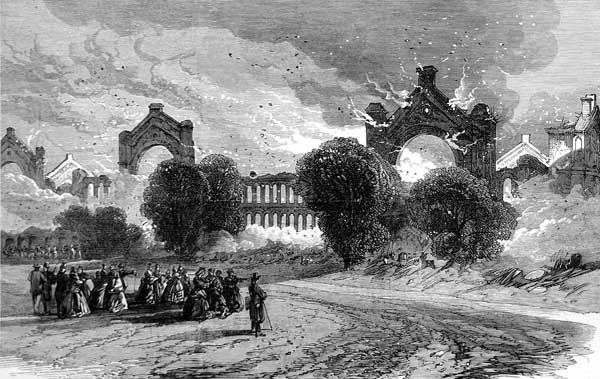

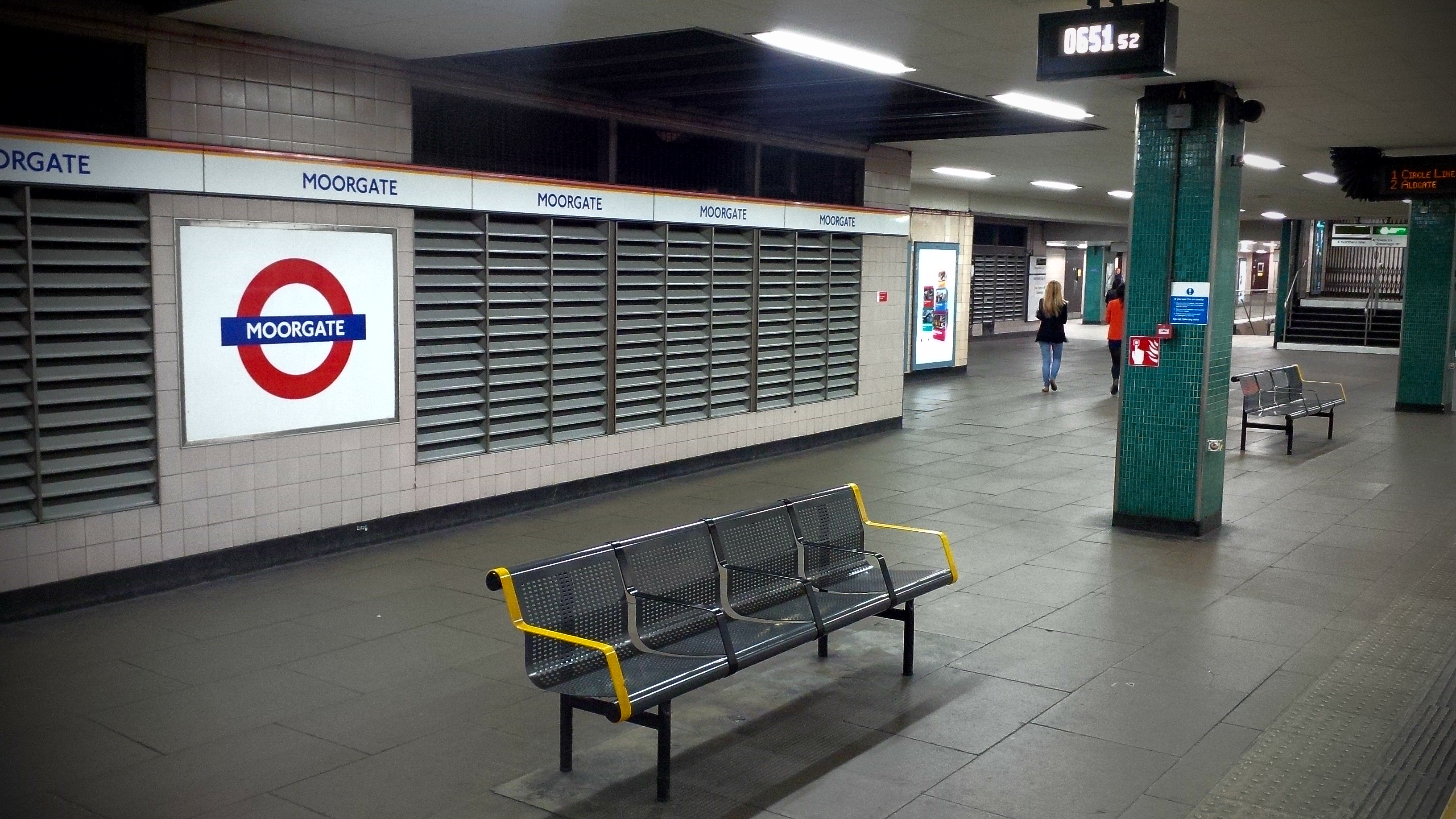
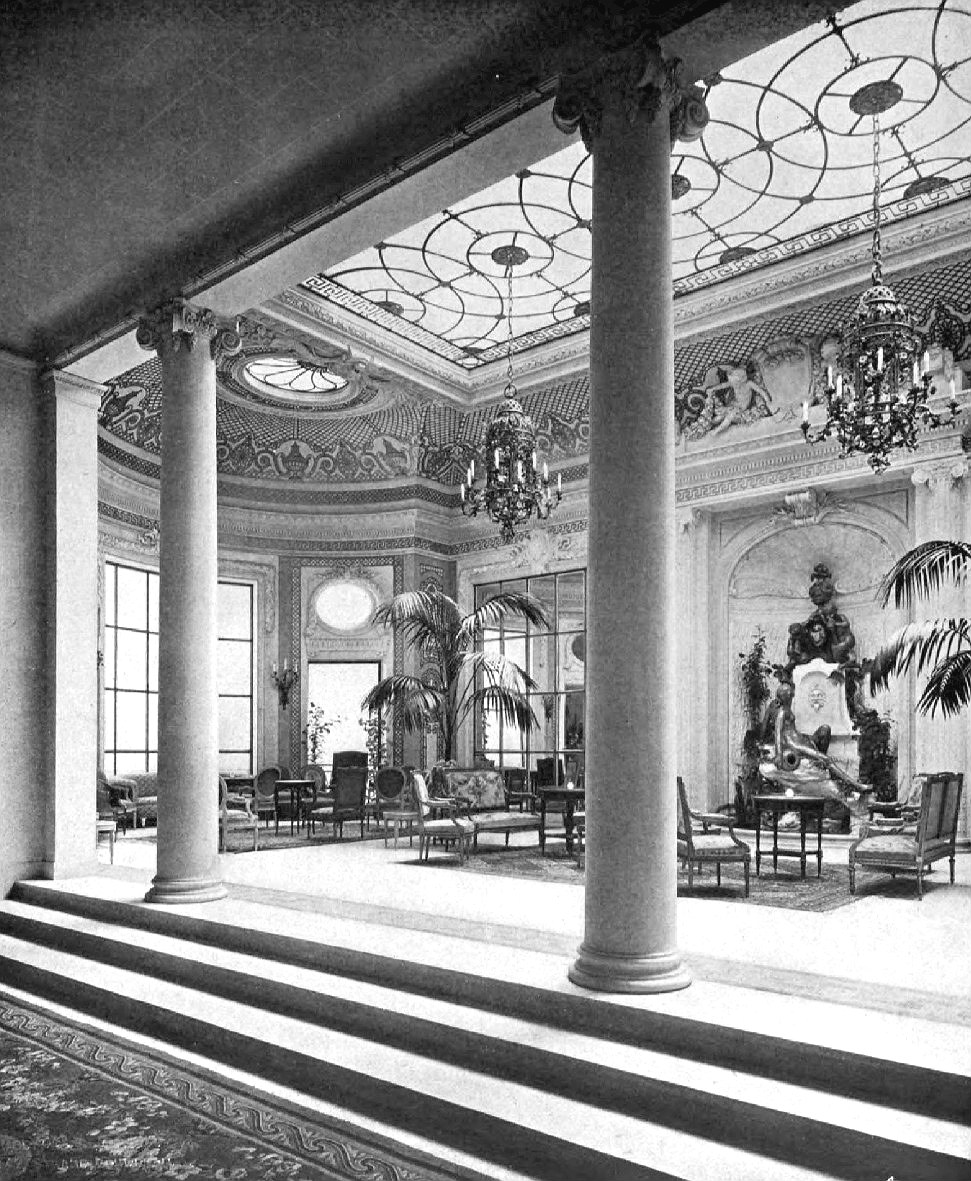
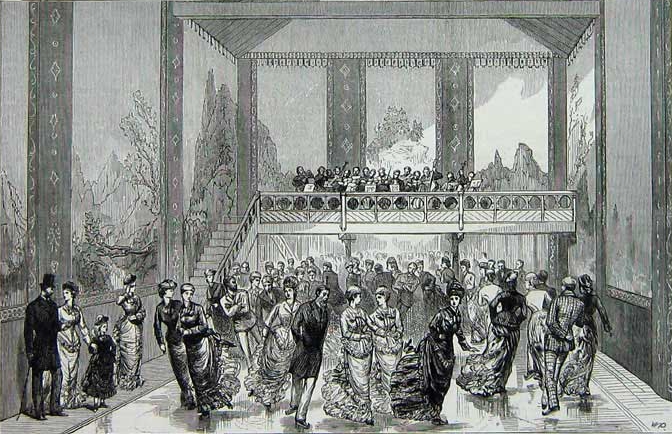

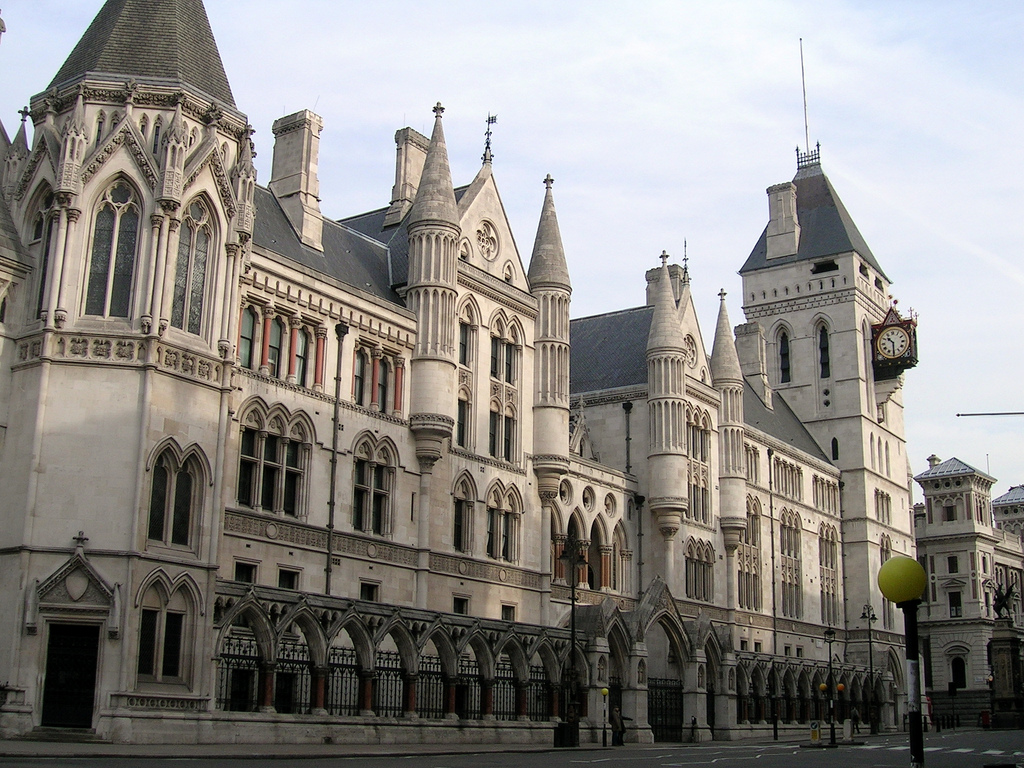
.jpg)